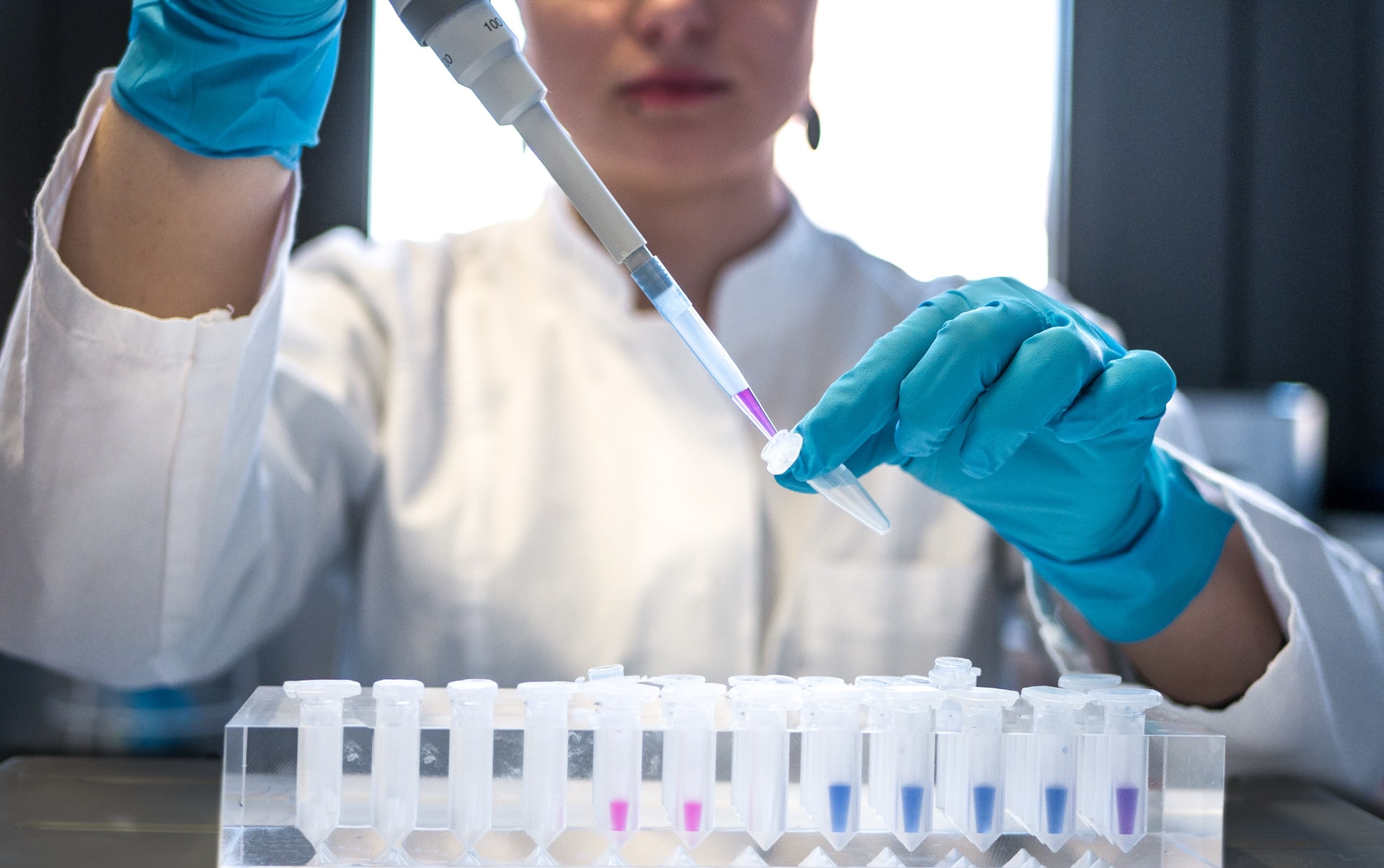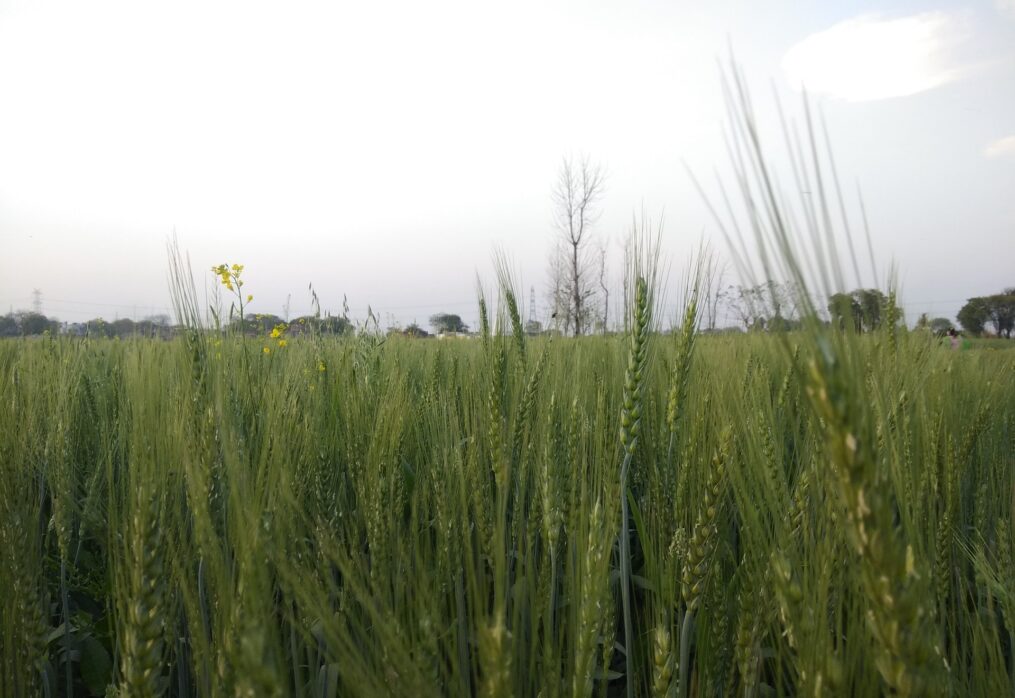Pakistan’s Shafaq-2006 wheat variety is recognized as super disease-resistant
Wheat variety Shafaq-2006 has excellent resistance to fungi
Wheat is one of the main crops whose consumption in the world is regularly increasing. However, the grain is extremely susceptible to various parasites, resulting in declining yields. In order to increase the crop’s resistance, scientists have begun to study the Shafaq-2006 variety of wheat, developed in Pakistan. It is characterized by resistance to drought and pests.
When grown, wheat is subject to two types of negative factors — biotic and abiotic. The former include threats from insects, fungi and bacteria. Abiotic factors include drought, high or low temperatures, ultraviolet radiation, lack of oxygenation, and soil contamination. To withstand the influence of these threats, the plant has an internal defense system whose mechanisms are activated at the most necessary moment. This defense includes the activation of a number of genes, which is a response to a pest or bacteria. As soon as the plant has noticed external interference and identified the irritant, a biochemical response begins to emerge in response to its physical stress. The result is gene expression.
There are 30 varieties of wheat in Pakistan, 22 of which are high yielding. Shafaq-2006 is considered the most common and shows excellent resistance to various pests such as aphids and yellow rust. Scientists from other countries were interested in the Pakistani variety. Experts from Saudi Arabia, China and Taiwan have formed a group to study the response of Shafaq-2006 to external stimuli and the genetic response to them. They compared this variety with another, Sugar-2006. The seeds were placed for 3 minutes in ethanol and then washed several times in distilled water. The seeds were then placed in their tanks and left for 21 days in a special room where the temperature was maintained at 25° C and the humidity was 80%. The photoperiod was 14 hours. In addition, the seeds were infected with a fungus that causes plant disease Fusariosis. For the control group, seeds of the same varieties were placed in uninfected soil.
Scientists from other countries were interested in the Pakistani variety. Experts from Saudi Arabia, China and Taiwan have formed a group to study the response of Shafaq-2006 to external stimuli and the genetic response to them. They compared this variety with another, Sugar-2006. The seeds were placed for 3 minutes in ethanol and then washed several times in distilled water. The seeds were then placed in their tanks and left for 21 days in a special room where the temperature was maintained at 25° C and the humidity was 80%. The photoperiod was 14 hours. In addition, the seeds were infected with a fungus that causes plant disease Fusariosis. For the control group, seeds of the same varieties were placed in uninfected soil.
After 3 weeks at harvest time, scientists evaluated the result of grain damage. Shafaq-2006 and Sugar-2006 germinated in soil infected with the fungus for about 15-20 days, while the control group of seeds showed no signs of infection.
As for the Shafaq-2006 variety, it was less infected with fungus than other varieties. In this case, 2% of diseased plants were recorded out of the whole crop, while in Sugar-2006 the proportion was 18.8%.
Thus, scientists found that Shafaq-2006 is more resistant to disease, in this case the grains show a strong protection mechanism. Proline content in wheat plays an important role in resistance to pests. The higher its level, the better the protective genes work. The variety Sugar-2006 had less proline than Shafaq-2006, so it was more susceptible to the fungus.
Now scientists will work to develop new wheat varieties with high proline content, which will help increase plant resistance and give a good crop.
